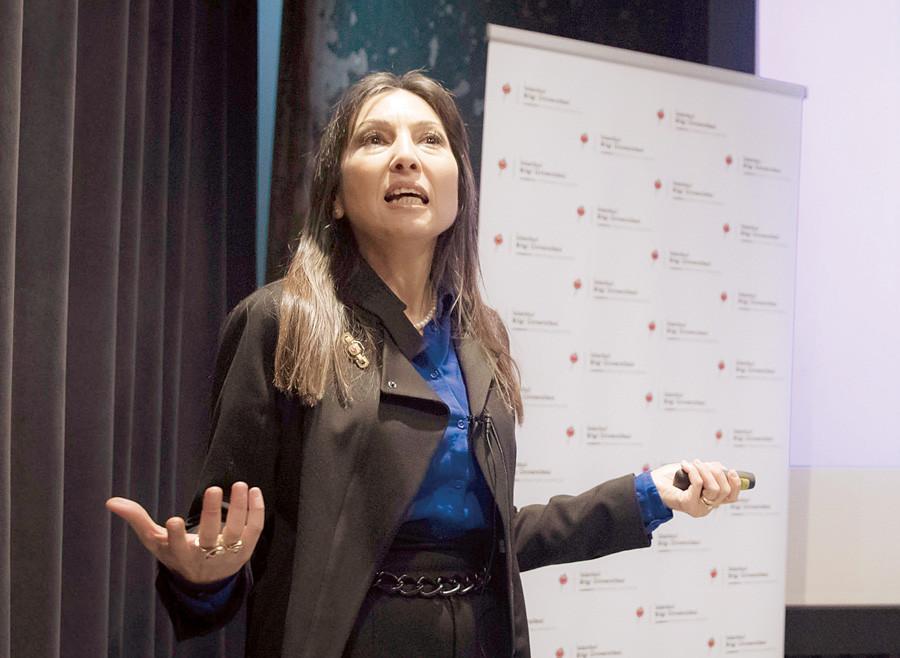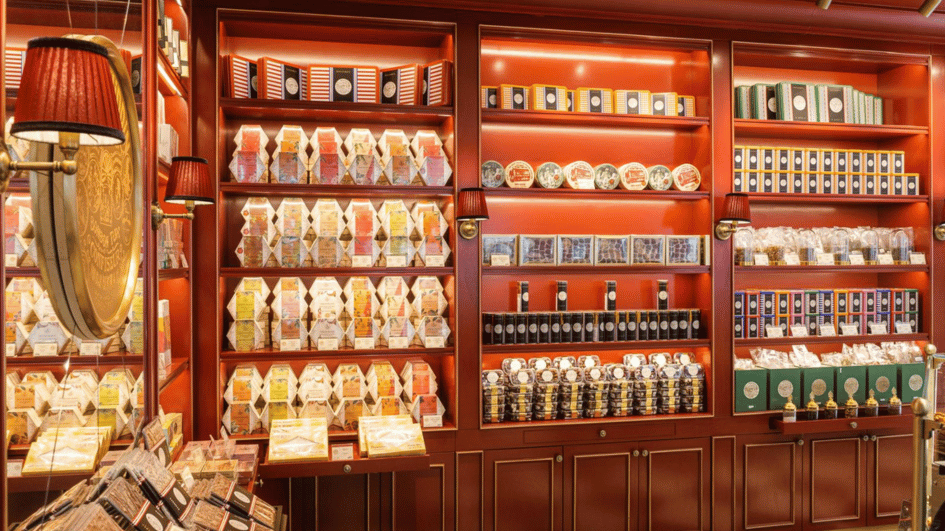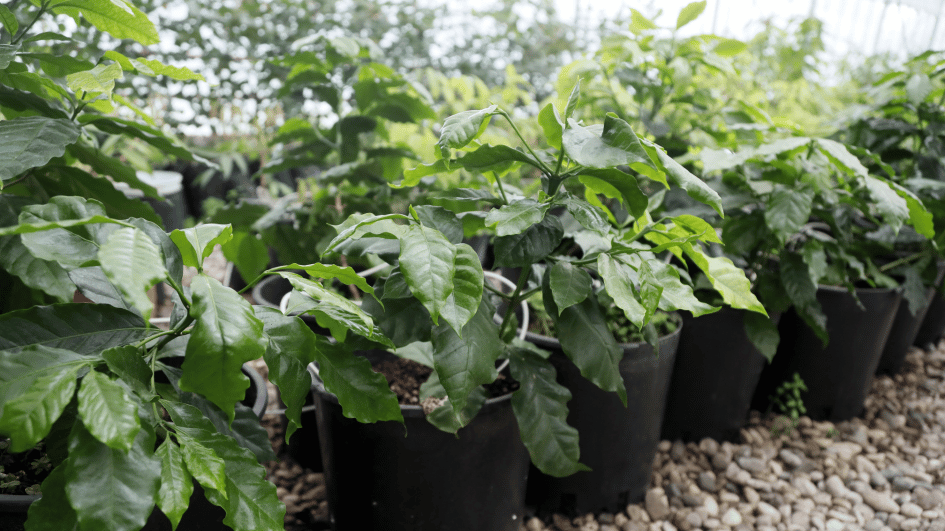Economy professor makes research on world art market
Hatice Utkan Özden

Aylin Seçkin’s unusual academic specialty all started when she visited Centre Pompidou in Paris. Amazed by the museum’s abundant collection of contemporary artwork, her scientific mind quickly drew connections between economics, statistics and the value of such artistic capital.
Back home in Istanbul, the Bilgi University professor decided to make a detailed study of the asset valuations of art collections and art and economics-related research around the world.
Using Lebriz.com, a website for auction data, she and colleague Erdal Atukeren of Zürich’s Swiss Business School built a database of 1,030 artworks from 13 artists chosen to represent artists from different age groups sold at auctions in Turkey between 1989 and 2006.
“When I started my research in 2006, the only price data was based on auction house sales. The art index has derived and calculated from auction house data,” she said. The primary market data from gallery sales are not revealed in most cases, she added.
The outcome of their research was the birth of the first art index in Turkey, appropriately called ©Artsa. The index calculates a price return rate that could be compared with the return on other investments, such as bonds, stocks, gold, foreign exchange and real estate.
Seçkin said their research on the economics of Turkish art markets supported the main conclusions of related literature.
Her love for art has driven her to design a highly popular economics course at Bilgi University covering art markets, price dynamics and taste formation.
Art markets are excellent examples for students to understand the demand and supply dynamics of particularly functioning markets, Seçkin said.
Visiting galleries, artists’ studios, collectors’ houses, art fairs and Istanbul Biennial, an art exhibition that takes place every two years, give students an extraordinary opportunity to discover the glamorous art world, she said.
‘Go online’ trend is on the rise
Seçkin is constantly thinking about how to open new dimensions for her students. That’s why in 2018 she and her students decided to conduct the first-ever survey of visitors to Contemporary Istanbul. The survey covered four consecutive days of the annual art fair held each September. About 1,300 visitors responded to fourteen questions on art and collecting art.
‘‘In this survey, we have discovered that people are very much interested in contemporary art, but they need a deeper understanding of contemporary art to appreciate and participate further,” she said.
“This is a very interesting result (showing that) people need some more educative tools or art talks and an improved transparency in prices.”
The economics professor said the “go online” trend and arts presented on platforms such as Artsy, Saatchi art or Art50.net will likely gain more and more popularity.
“Online effect is really important. Maybe galleries will continue to exist as they are, but they will also consider going online in their way of doing business,” she said.
“Instagram is a highly effective tool of marketing to compare arts and artists, therefore galleries need performance marketing at various segments,” she added.
She said she would like to see a foundation to raise money in small amounts to help give support to young artists and art students in Turkey.
“We have SAHA [Association], but this [foundation] is mostly to promote established artists’ global exhibitions and foster mobility of artists by supporting artist residency programs. However, there are many young talents who need small funding which may have great impact in their academic career.”
According to Seçkin, per capita income and the number of wealthy individuals living in Turkey with a higher level of “taste capital formation” are key factors that determine art demand.
Keeping up with the Joneses effect
“What we observe is the winner takes all […] in art markets,” Seçkin said. There are few superstars in the art market making a lot of money and many more unknown artists under financial difficulties. This phenomenon is the “economics of superstars.” Collectors rush to buy artwork by superstar artists, and the prices for those works rise quickly.
The reason behind the phenomenon is another economics concept known as “keeping up with Joneses,” Seçkin said.
“If there is a leader, the society follows the leader. We see the same thing in the Turkish art market. Many collectors prefer to invest in the taste of the trend-setter collector. So this effect is quite strong in the art market due to existing information asymmetries,” she said.
















